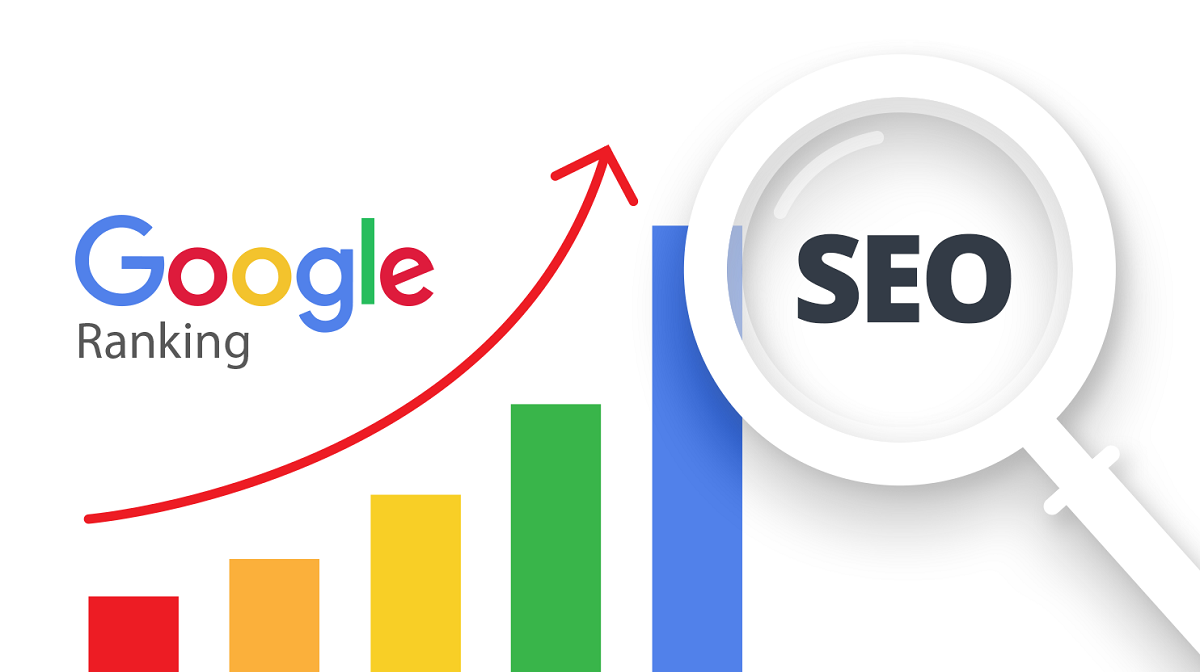Google has stated its mission, i.e., organizing the world’s information and making it accessible to everyone and valuable. To fulfill its mission, Google has more than 200 ranking factors used to rank websites. Suppose you have a good understanding of the Google ranking factors. Then you can apply this information to improve the performance of web pages efficiently. Understanding Google ranking factors, you’ll learn what criteria Google evaluates websites.
To begin, let’s learn “What is google ranking.” Google ranking refers to the time that users are searching for any query.
How Does Google Work?
Google has crawlers, also known as Google bots. Crawlers browse web pages and search for that particular page. Then, they add the optimized SEO-friendly web pages to their database. When people type in are searching. Google provides the most relevant results that are based on the search query. We’ll now move to the top seven Google ranking factors.
Top 7 Google Ranking Factors:
Regular Publication Of High-Quality And Engaging Content:
In the past three years, content has surpassed backlinks. Today, if you offer quality content while keeping the user’s intent in mind. You’ll receive a boost in rank from Google.
Understanding the Search Intent is now crucial because Google analyzes your users’ behavior on your website. Suppose they come to your website but will not be happy with the content. They will return to SERP to visit a different site. This will signal to Google that your site has not fulfilled the intent of the search. At some point, Google will drink your website. Therefore, ensure that you create high-quality content while keeping the user’s intention in mind.
1. Keywords In Meta Title Tags:
Incorporating your primary keyword into the tag title. The inclusion of keywords is an SEO requirement. However, adding keywords in conjunction with prepositions, articles, and adjectives is essential for reading. The placement and concentration of keywords in titles for meta tags are essential. Therefore, it takes some time to develop an effective keyword strategy.
2. Links:
Links are the anchor text that describes your site. If your site has an appropriate link structure. They will count as one of Google’s ranking factors. There are generally three kinds of hyperlinks:
a. Inbound Links:
Any website with authority mentions your website’s URL in one of its blog articles. This is referred to as an inbound link. Inbound links mean that they are being sourced through other sites. The quality of links is dependent on the authority of the site. For instance, if you offer Seo Services For Small Businesses. Someone who has an older website with top-quality content.
b. Outbound Links:
Suppose you’re creating an educational piece of material as a reference for the user. You have included the descriptive anchor text when that links to the reference website. The descriptive anchor text is viewed as a link outbound.
3. Internal Linking:
If you link to your site, it’s considered internal linking. In this case, for instance, you have a long blog post, and it is linked to other smaller blogs on your websites.
4. Niche Expertise:
Niche Expertise is the term used to describe your website’s expertise. It must contain at least ten pages on the same subject. There is a single nucleus keyword. These pages must revolve around the same nucleus keyword. Since 2017, Google has started providing preference to websites that contain nucleus keywords.
For instance, “Google ads” is the main keyword. Other pages must cover the content using keywords that move around this nucleus word. For instance, Google Ads strategies 2021. Google adds cons and pros strategies for optimizing Google Ads etc. Niche Expertise can also regard as one of the Google ranking factors.
5. User Engagement:
From all Google rankings factors. If I would like to pick the most important one, then it would be “User engagement.” If you’re publishing regular content, it is not keeping visitors on your website. You should rethink how you approach your content. The term “user engagement” refers to bounce rate and time-on-site as well as pages per second factors to determine whether your content has good interaction or not.
Even if your website is last on the SERP, you have a few visitors who clicked and then visited the website. They read the entire content and visited or interacted with other pages. Google constantly analyzes the behavior of your website. Suppose Google finds that your website is engaging. It will instantly improve the ranking of the website.
6. Mobile Friendly Website:
Today, Google has moved towards its “Mobile First” space. Suppose you wish to reach the 2022 users on the internet. You must build a “mobile-first” website. It means that users can navigate the website easily on mobiles and tablets. Google announced that it will change towards ” mobile-first indexing.”
The transition will take place in September 2020. This means that Google has begun updating its index to include a mobile-first version of your website.
7. Page Speed:
It’s not a known fact that Page speed is among the primary Google ranking factors. Sites that load faster and follow other SEO techniques typically. They also have an advantage over sites that have a slow loading speed. Google released the mobile speed update. Precisely six months after this update. Google stated that the speed of pages would be one of Google’s ranking factors for mobile and desktop.
The speed of your mobile or web page can have an adverse impact on your site’s performance in indirect ways. Because if a website does not load faster. Visitors could bounce back to the SERP. This will cause bounce rates to increase and, in the end, dwell time will decrease. To test page speed, Google provided an online tool called Page Speed Insights.

